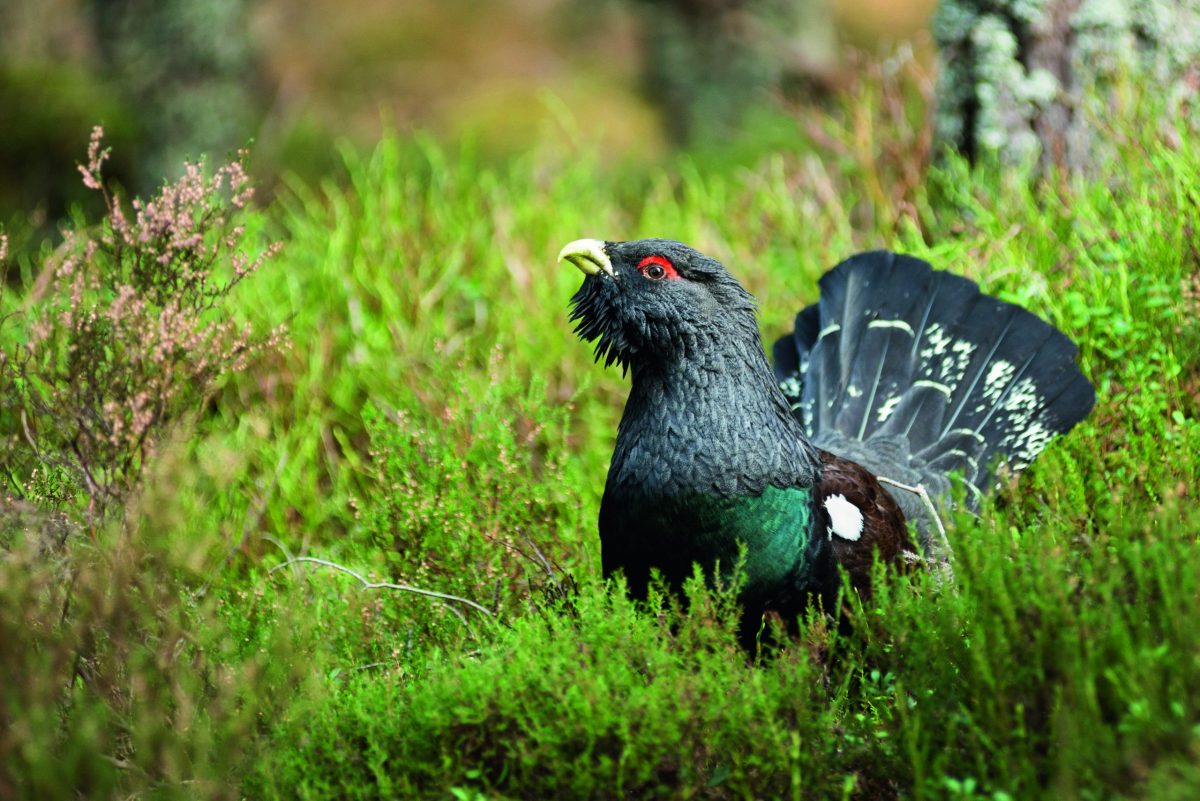Calls to ‘lek it be’ to protect capercaillie
With numbers of this iconic bird declining to around 500, police and wildlife rangers have been conducting dawn patrols around lek sites

When capercaillie first became extinct in Scotland in the late 1700s, their disappearance was blamed on destruction of the native pine forests and excess hunting. This iconic species — the biggest grouse in the world — was successfully reintroduced to Perthshire in the early 19th century, and by 1900 capers were widespread throughout the Highlands.
Numbers peaked during World War I, reaching around 20,000 birds, and it wasn’t until the 1970s that the first concerns were voiced about falling numbers. Few estates continued to shoot caper, but the bird remained legal quarry until 2001, when it was finally added to Schedule 1 of the Wildlife and Countryside Act 1981. However, such protection did little to help, and the current estimate is that the population is now around 500 birds and still declining.
Rarity makes the capercaillie an alluring target for birdwatchers and photographers, and a major challenge for conservationists now is stopping human disturbance at the leks — last year a group of 17 people were found at one lek, ignoring signage at the site. This spring the Cairngorms Capercaillie Project has focused on preventing similar disturbance under the ‘Lek it Be’ campaign.
The capercaillie’s protected status ensures that wilfully disturbing birds when they are breeding is a criminal offence. Of course, the problem is not just birdwatchers, as hikers, mountain bikers and dog walkers may also be responsible for disturbing the birds, even if unwittingly. Police and wildlife rangers have been conducting dawn patrols around lek sites during April, while also asking the public to report anyone disturbing capercaillie by calling Police Scotland on 101.
Disturbance of rare birds during the breeding season has become an increasing concern in recent years, with many estates restricting access in a bid to protect vulnerable species. In North Norfolk, Holkham Estate insists on dogs being kept on leads on the beach in an attempt to help little terns, oystercatchers and ringed plovers, all of which nest along the shore between Wells and Holkham. The rule was introduced three years ago and, according to Jake Fiennes, director of Holkham National Nature Reserve, breeding success has improved.








